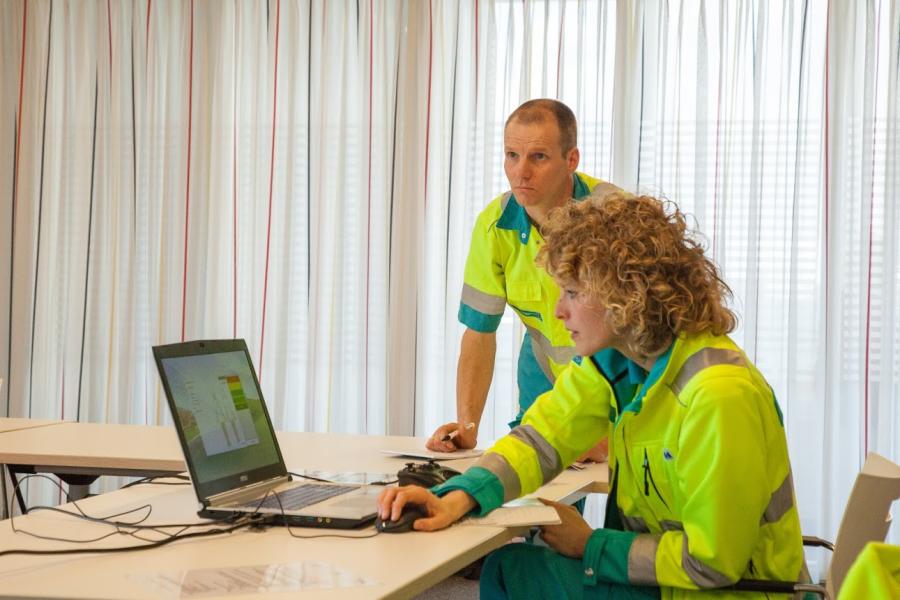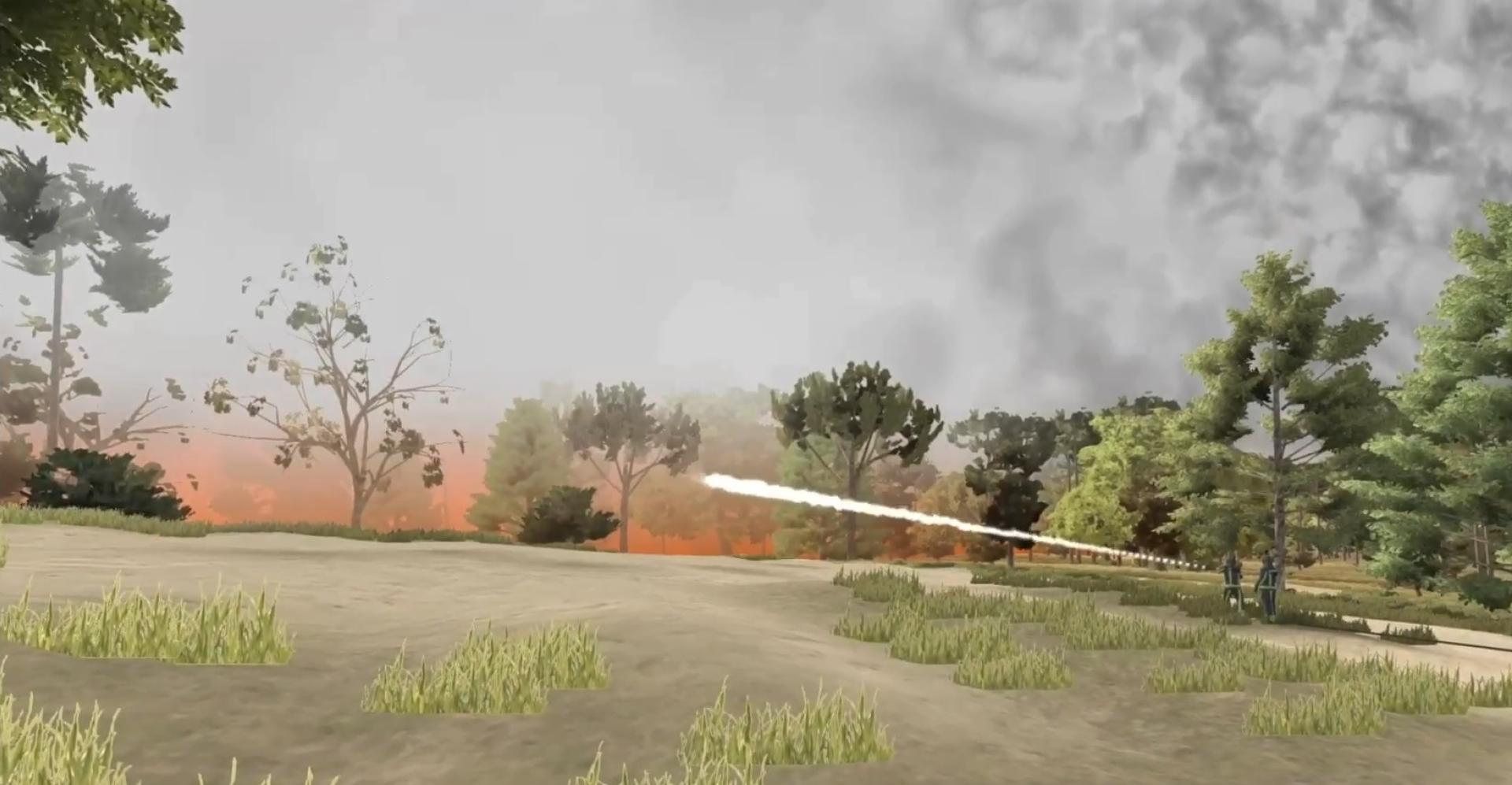
UMCG Ambulance Care
"To me, the biggest benefit of virtual reality is that you have endless possibilities to build and adapt scenarios."
We started using virtual reality in 2008, to train escalated emergency responses. Initially we created small-scale scenarios to train paramedics at on-scene arrival procedures. The next application of virtual reality was to use virtual scenarios in recruitment procedures to assess candidates on decision making, situational awareness and communication skills.
As virtual reality technology improved, we expanded its use in our training and education curriculum. We now use virtual reality to train paramedics of various experience levels to respond and execute procedures in a wide variety of incident scenarios, such as airplane or train incidents. Virtual reality enables us to run large-scale exercises. For instance, in 2012 and in 2014 we used it to train 660 ambulance workers in 26 days in escalated incidents. We also organise annual command & control training in one of the three northern Dutch provinces (Fryslân) for paramedics, dispatch operators and incident commanders by using a combination of virtual reality and whiteboard training (Emergo Train System).
To me, the biggest benefit of virtual reality is that you have endless possibilities to build and adapt scenarios. This allows us to give ambulance crew training experience in a much broader variety of incidents. Another advantage is that you can let trainees practice procedures in a completely controlled environment. This makes the training experience much more realistic and therefore much more effective.

